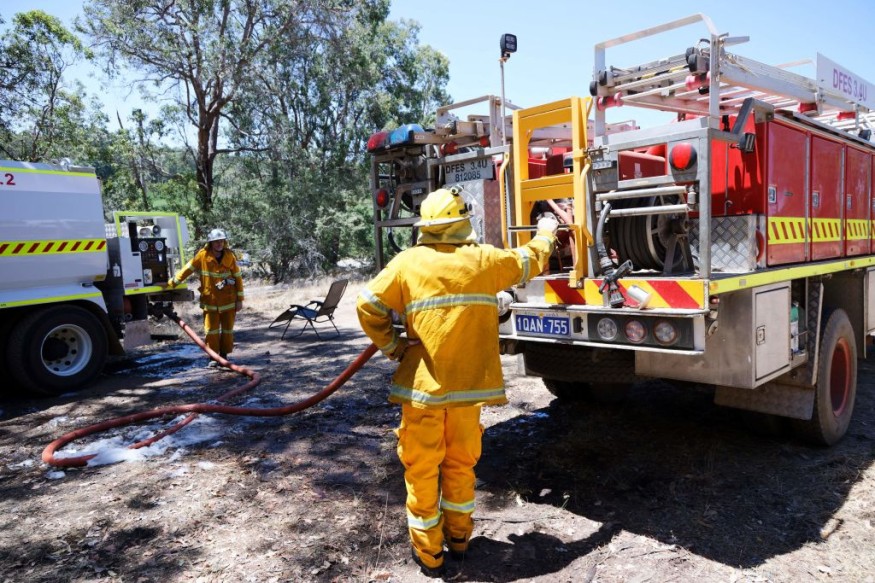Firefighters are working to control the bushfires in Central Australia, 30 or 40 kilometers from a popular area in Tennant Creek.
Extreme Fire Danger is forecast for the Darwin and Adelaide River, Gregory South East and Barkly North.
— Bureau of Meteorology, Northern Territory (@BOM_NT) September 9, 2023
Follow the advice from PFES and BFNT for fire preparedness and safety.
Stay up to date with the latest fire weather forecasts: https://t.co/Wcu4bqpQHu pic.twitter.com/pbrG0lT6yW
The raging bushfires can also cause significant health concerns for older adults, people with medical conditions, pregnant women and children.
Climate Change and El Nino cause soaring temperatures and dry conditions, which are favorable to bushfires and wildfires, causing significant damage to forests and communities.
Central Australia Raging Bushfire

According to a recent report, residents are on heightened alert for the possible fire conditions in Tennant Creek. The windy outlook could help fan the fire, bringing more dangerous risks to the nearby communities.
The bushfire blaze was believed to have begun last week, burning at least 10,000 square kilometers of land. The dry conditions helped unleash the fire in the region.
The Bureau of Meteorology in the Northern Territory warned of extreme fire dangers in the following areas:
- Barkly North
- Gregory South East
- Darwin
- Adelaide River
At least 3,000 people are living in Tennant Creek.
Authorities also deployed containment plans to prevent the fires from entering the town.
According to the report, the Australian Defence Force also helped to mitigate the fire tracks. Acting commander James Gray-Spence from Northern Territory Police explained that the weather could play a crucial role in the impact of the said fire.
Recently, NWN report explained the impacts of fire frequency on humans and wildlife. Climate change can be linked to the increasing concerns of wildfires, as human-caused greenhouse emissions could worsen the problem.
Climate change could result in rising temperatures, dry vegetation and prolonged drought. It can also cause reduced precipitation patterns, increasing the fire risks or spreading quickly.
In addition, climate change helps to intensify extreme weather events, including hurricanes, tropical storms, drought and wildfires.
The mitigation efforts and reduction of greenhouse gas emissions are crucial to prevent the worsening consequences of climate change and global warming.
Also Read : Quokkas in Western Australia: Animals Developed Adaptive Behavior to Survive in Burned Areas
Purple-Crowned Fairy Wrens in Northern Australia
According to a report from the Journal of Applied Ecology, riparian birds are vulnerable to fires, even if it is low intensity. The Purple-Crowned Fairy Wrens (Malurus coratus) in Northern Australia could suffer from population decline, especially since their species is already threatened.
The increasing wildfires in Northern Australia could push to limit the population of the Purple-Crowned Fairy Wrens, which live in sensitive habitats.
Furthermore, the riparian birds are also considered bioindicators of a healthy environment. The fires could affect the breeding success of the Purple-Crowned Fairy Wrens, making it more vulnerable to the brink of extinction.
On the other hand, the small Quokkas in Western Australia adapted to the burned areas or forest fires. The study was published in the International Journal of Wildland Fire.
The report explained that the quokkas developed unique fire-exclusive zones to prevent fire exposure.
Related Article : Purple-Crowned Fairy-Wrens Survival Endangered Due to Wildfires in Northern Australia
For more similar stories, don't forget to follow Nature World News.
© 2025 NatureWorldNews.com All rights reserved. Do not reproduce without permission.





